Laser dentistry has significantly transformed the way dental treatments are performed, offering a range of benefits that make procedures less painful, faster, and more effective. Unlike traditional dental methods, which often require more invasive techniques, laser dentistry uses focused light energy to treat a variety of dental issues with minimal discomfort and enhanced precision. Whether it’s for soft tissue procedures like gum reshaping or hard tissue treatments such as cavity preparation, laser technology has proven to be a game-changer for both dentists and patients.
In this article, we will explore how laser treatment is revolutionizing dental care by providing a virtually painless and highly efficient treatment experience for patients.
1. What Is Laser Dentistry?
Laser dentistry refers to the use of lasers in dental procedures instead of traditional tools like drills, scalpels, or other mechanical instruments. The laser works by emitting a concentrated light beam that interacts with the tissue or tooth, enabling the dentist to perform specific tasks with great accuracy.
The key benefits of laser dentistry include:
- Precision: Lasers allow for highly targeted treatment, minimizing damage to surrounding tissue.
- Minimal Discomfort: Many laser treatments require little or no anesthesia due to their precision and the reduced sensation during the procedure.
- Faster Healing: Laser treatments often promote faster recovery times compared to traditional methods.
- Less Bleeding and Swelling: The heat from the laser cauterizes blood vessels, reducing bleeding and post-treatment swelling.
2. How Laser Dentistry Provides a Painless Experience
A. Minimal Anesthesia Required
One of the main advantages of laser dentistry is that many procedures can be performed with little or no anesthesia. Traditional dental procedures often require local anesthesia to numb the area being treated. However, with laser treatments, the precision of the light energy reduces the need for injections, which can be uncomfortable for some patients.
For example:
- Soft Tissue Procedures: For procedures like gum reshaping or treatment for gum disease, lasers can target the specific tissue being treated without affecting surrounding areas. This results in minimal discomfort during and after the procedure.
- Tooth Decay Removal: In some cases, lasers can be used to remove cavities without the need for drills, which can cause vibration and pain in the tooth.
B. Reduced Sensitivity During and After Treatment
Traditional dental tools like drills and scalpels can cause vibrations or pressure, leading to discomfort or increased sensitivity. Lasers, on the other hand, are designed to target only the affected area with high precision, causing less disruption to the surrounding tissue.
- Hard Tissue Laser Treatment: When treating cavities or tooth decay, lasers can remove the decayed part of the tooth with minimal disruption to the healthy enamel, resulting in less post-treatment sensitivity.
- Soft Tissue Laser Treatment: For procedures such as frenectomy (removal of the frenulum under the tongue) or gum contouring, lasers minimize bleeding and discomfort, leading to a more comfortable experience and faster healing.
3. How Laser Dentistry Is Efficient for Both Dentists and Patients
A. Speed and Accuracy
Laser treatments are typically faster than traditional methods due to their high precision. Because lasers can target the exact area needed without affecting surrounding tissues, procedures can be completed more quickly. This efficiency benefits both the dentist and the patient:
- Faster Procedures: In many cases, laser treatments can be performed in a single visit, reducing the need for multiple appointments and minimizing time spent in the dental chair.
- Enhanced Precision: The accuracy of lasers allows dentists to perform more complex procedures with confidence, reducing the chances of errors and improving the overall quality of care.
B. Minimal Recovery Time
Laser treatments often require less healing time than conventional methods. Traditional dental procedures, particularly those that involve cutting or drilling, can result in significant swelling, bleeding, and discomfort during the recovery phase. With lasers, the tissue is cauterized as it is treated, leading to less bleeding and a faster recovery process.
- Faster Healing: The healing time for laser-treated areas is generally much shorter compared to traditional dental treatments. For example, laser gum treatments typically result in less pain, swelling, and bleeding, allowing for quicker recovery.
- Reduced Post-Treatment Discomfort: Since lasers are less invasive, patients often experience less pain and sensitivity after their treatment, making the post-operative period much more comfortable.
4. Types of Laser Treatments in Dentistry
Laser technology can be used for a variety of dental procedures, both on soft tissues (gums and other soft tissues in the mouth) and hard tissues (teeth). Below are some common laser treatments used in dentistry:
A. Soft Tissue Laser Treatments
- Gum Reshaping: Lasers can be used to remove excess gum tissue to create a more aesthetically pleasing smile, without the need for scalpels or sutures.
- Gum Disease Treatment: Lasers are effective in treating gum disease by removing infected tissue and promoting the growth of healthy tissue. The laser can help eliminate bacteria, reducing inflammation and bleeding in the gums.
- Frenectomy: A frenectomy is the removal of the frenulum (a small fold of tissue that can restrict movement), typically under the tongue or upper lip. Lasers can perform this procedure with minimal discomfort and faster recovery times.
B. Hard Tissue Laser Treatments
- Cavity Detection and Removal: Lasers can be used to detect cavities and decay with great precision. They can also remove decayed areas of the tooth without the need for drills, which reduces discomfort during the procedure.
- Tooth Sensitivity Treatment: Some types of lasers can help treat tooth sensitivity by sealing off the tubules in the tooth’s dentin layer, preventing stimuli like hot or cold temperatures from reaching the nerves.
- Tooth Whitening: Lasers are sometimes used to accelerate the process of teeth whitening. The laser activates the whitening gel applied to the teeth, helping to achieve faster and more dramatic results.
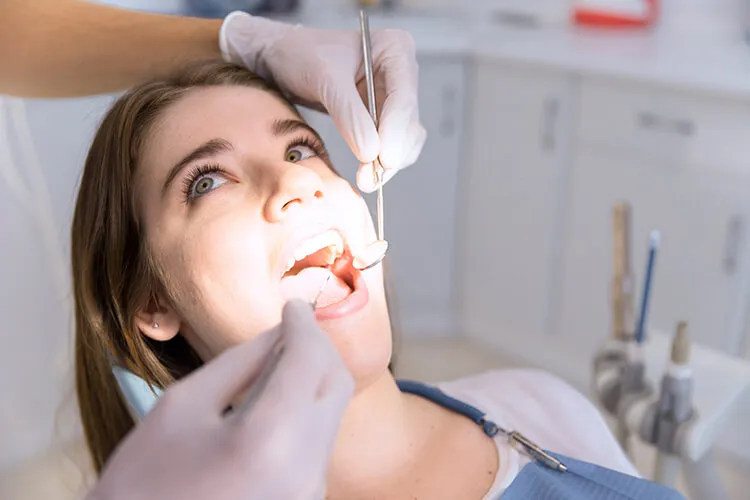
5. The Benefits of Laser Dentistry for Different Types of Patients
A. Pediatric Patients
Children often experience anxiety and fear about visiting the dentist, particularly when it comes to invasive treatments such as fillings or gum procedures. Laser dentistry offers a less intimidating experience for young patients. With no needles, minimal discomfort, and faster recovery, laser treatments are ideal for children who may be nervous about traditional dental procedures.
B. Patients with Dental Anxiety
For patients who experience dental anxiety, laser dentistry is a great option. The non-invasive nature of lasers and the absence of needles and drills make the experience less stressful. Additionally, the reduced pain and shorter treatment times make laser procedures more tolerable for anxious patients.
C. Patients with Special Health Concerns
Patients with certain health conditions may benefit from laser treatments. For example, individuals on blood thinners may find that laser treatments reduce the risk of excessive bleeding during procedures. The precision of lasers also reduces the need for extensive cutting, which is beneficial for patients with sensitive health conditions.
6. Why Laser Dentistry Is the Future of Dental Care
Laser dentistry represents a major step forward in the evolution of dental care, offering numerous advantages over traditional methods. From reduced pain and faster recovery times to increased precision and patient comfort, lasers are changing the way dental procedures are performed.
A. Continuous Technological Advancements
As laser technology continues to evolve, the range of dental conditions that can be treated with lasers will expand, and treatments will become even more efficient. Advancements in laser technology could lead to even more non-invasive procedures, reducing the need for traditional surgeries and making dental care even more accessible.
B. Greater Accessibility
As laser technology becomes more widespread, more dental practices are adopting these tools, making laser treatments accessible to a larger population. The reduced cost of laser technology may also make these advanced treatments available to patients in a wider range of locations.
Conclusion
Laser dentistry has revolutionized the dental experience by offering a more comfortable, efficient, and precise alternative to traditional treatment methods. From cavity removal and gum reshaping to advanced teeth whitening and sensitive tooth treatment, laser technology provides numerous benefits that enhance both the quality of care and the patient experience.
By minimizing discomfort, reducing recovery time, and providing faster, more accurate results, laser treatments are shaping the future of dentistry. Whether you’re dealing with a minor issue or a more complex dental procedure, laser dentistry offers a way to achieve optimal results without the pain and long recovery times traditionally associated with dental care. With these innovations, patients can look forward to a dental experience that is more efficient, comfortable, and effective than ever before.

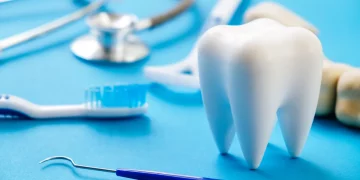





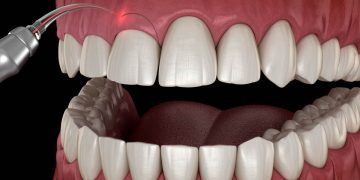
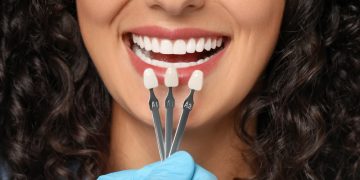
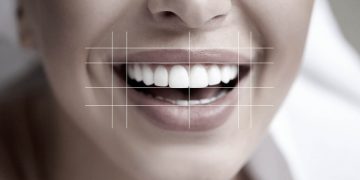

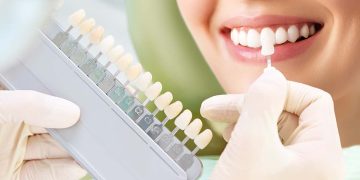




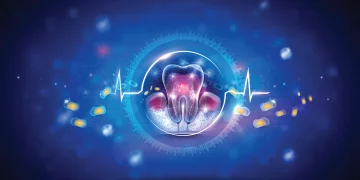








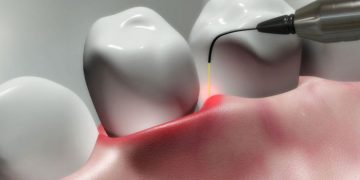




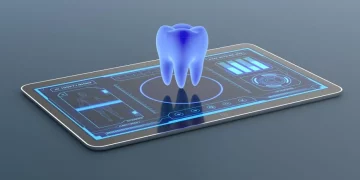
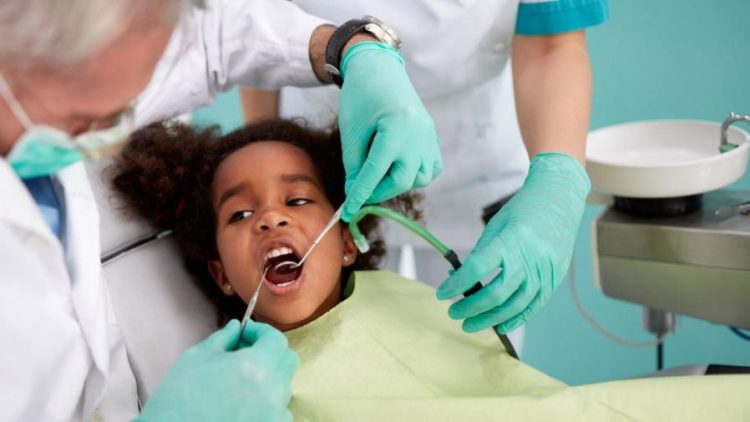













Discussion about this post